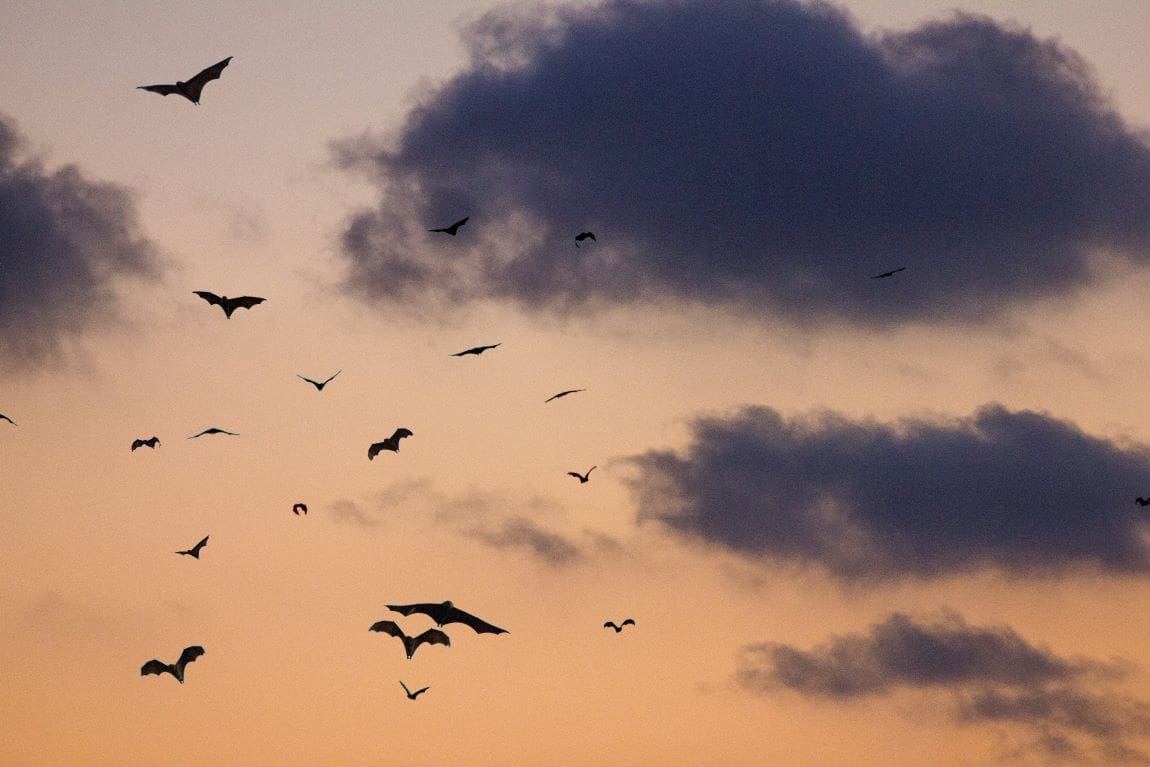Migrating bats across central Europe have been discovered using a surprising strategy to conserve energy: they ‘surf’ the warm winds of incoming storm fronts.
This behavior was tracked through innovative biotelemetry technology, shedding light on the complex relationship between weather patterns, bat physiology, and migration. The research, which involved tagging 71 female common noctule bats, reveals how these nocturnal travelers align their long journeys with favorable winds, an adaptation that helps them overcome energy challenges on their annual migrations.

AAAS – A species of migrating bat “surfs” the warm winds of incoming storm fronts to conserve energy, according to a study that used tags to track the tiny animals on their long journeys across central Europe.
The findings offer new insights into how weather, physiology, and environmental factors shape bats’ seasonal migration patterns. The study is published in Science.
While bird migration is well-documented and studied, this is not the case for seasonal migration of bats – particularly the few long-distance, migratory species. These nocturnal travelers face substantial challenges, including high energy demands, anthropogenic threats, declining insect populations, and climate change.
Emerging evidence also shows shifts and reductions in migratory bat ranges. Migration decisions appear tied to local weather, especially favorable winds, which aid both foraging and migration. However, due to technological constraints, full bat migration patterns remain untracked, limiting insights into this increasingly vulnerable phenomenon.
To address these challenges, Edward Hurme and colleagues developed a new biotelemetry technology using 1.2-gram “Internet of Things” (IoT) tags, which were used to track 71 female common noctule bats (Nyctalus noctule) during their annual spring migration across central Europe.
These IoT tags, connected to a 0G wireless network, collect data on location, activity, and environmental temperature and transmit it daily without requiring the bats to be recaptured. Hurme et al. found that the bats traversed up to 1,116 km over 46 days, including single-night flights reaching 383 km – distances much farther than previously recorded. Many bats preferred to align journeys to their maternity roosts with warm nights and incoming storm fronts, surfing the tailwinds to reduce energy demands.
Yet these bats also exhibited unexpected flexibility in migration timing, demonstrating their ability to migrate across a range of conditions if required. However, females migrating toward the end of the season faced greater energy costs due to increasing maternity weight and less favorable winds and weather.
“Studies that leverage new technologies or approaches can reveal previously unknown aspects of these understudied animals,” writes Liam McGuire in a related Perspective. “But if action is not taken to address threats facing bat populations, they may not be around much longer to study.”
Journal Reference:
Edward Hurme et al. ‘Bats surf storm fronts during spring migration’, Science 387, 97-102 (2025). DOI: 10.1126/science.ade744
Article Source:
Press Release/Material by American Association for the Advancement of Science (AAAS)
Featured image credit: Clément Falize | Unsplash




